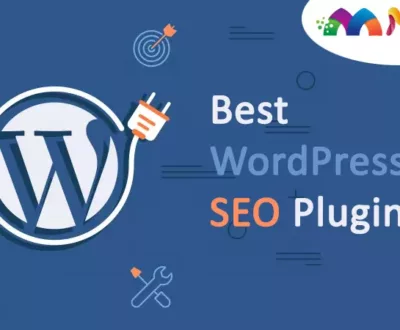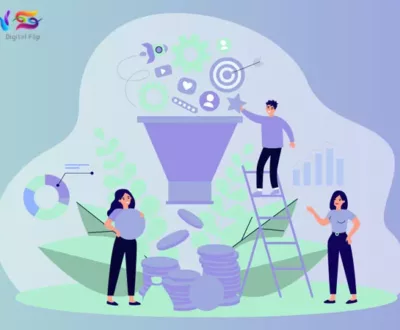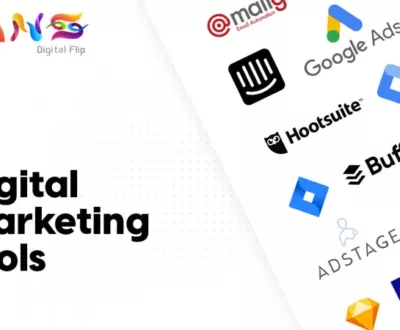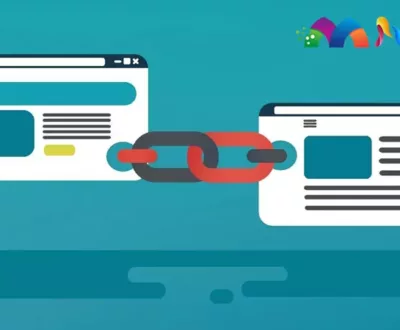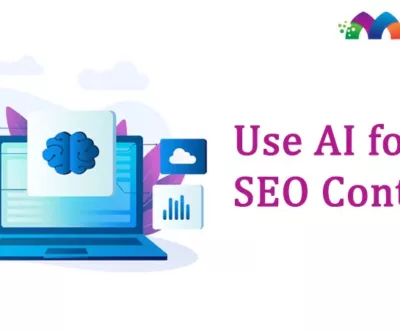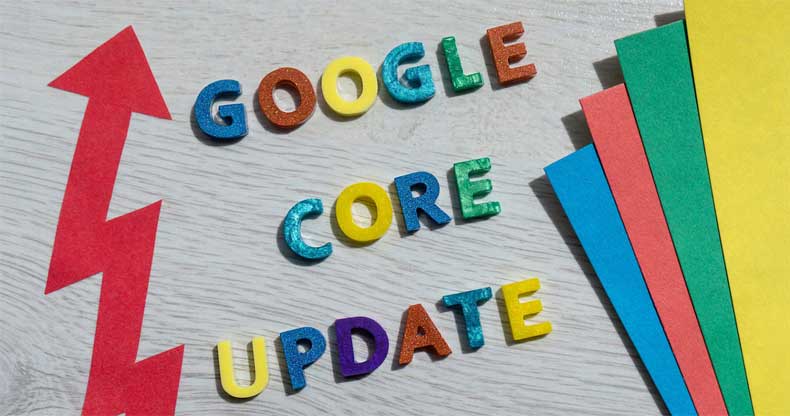
Google core updates often come with serious repercussions if you’re ever hit with one. Businesses that rely on organic traffic to stay afloat need to know how to get out of the core update once they’ve been affected.
For some users, Google Core Update brings a boost in their traffic and ranking, but for some users, it brings nothing but bad luck. In some cases, a core update has brought down the website traffic by 90%.
Now if you’re a business that makes its earnings from organic traffic, then you can’t survive for long. You should have a complete understanding of how to get out of a core update.
Fortunately, there are steps you can take to tackle the impact of the update. If you’re careful, you can get the rankings back.
In this guide, I’ve laid out all the basic steps businesses should follow after being hit with a core update. Before we jump straight to the Google Core Update recovery steps, you should know what a core update actually is.
What is a Google Core Update?
Google keeps making changes to the search algorithm all the time. Minor changes happen on a daily basis, but the big changes are announced by Google.
One of these major changes is known as “broad core updates.” The most recent version of this update came in September, and was dubbed the “September 2022 core update.” It had a huge impact on websites all over the globe.
This is Google’s description of Google Core Update –
“Several times a year, we make significant, broad changes to our search algorithms and systems. We refer to these as “core updates.”
They’re designed to ensure that overall, we’re delivering on our mission to present relevant and authoritative content to searchers.
Read the complete information from Google here.
As you can see from the statement, the two biggest reasons for being hit by Google Core Update are the website’s lacks of relevancy and authority.
The best part about all this is that there are things you can do to fix this issue.
What Google Has to Say About Recovering from a Broad Core Update
Google has never laid out straight and simple steps that could help users recover from the core update. They’ve just dropped hints sometimes about how possible it is to recover from the update.
Before May 2022 Google’s support page was ambiguous when it came to core updates. It stated “pages that drop after a core update doesn’t have anything wrong to fix”
This statement was changed on the support page in May 2022, it said “We know those with sites that experience drops will be looking for a fix, and we want to ensure they don’t try to fix the wrong things.”
This implies that there are steps that businesses can take to recover after being hit.
John Mueller, Webmasters Trends Analyst at Google and the face of Google when it comes to SEO has hinted multiple times that there are actions webmasters can take to improve their website’s condition.
In Google’s Search Central video hangouts session, Mueller said that website owners can make specific small changes to make sure they can recover from the update.
But there’s no clear indication of what gradual steps webmasters can take to improve their current condition.
Whatever changes you need to make, the first thing you need to do is keep calm. Don’t try anything drastic on your website trying to fix the issue. It could impact your website negatively. Just keep in mind that there are fixes that you can follow.
Google Core Update Recovery Steps
Let’s get started with the easy steps that you can take to gradually bring your website to where it was before the core update.
1. Stop Panicking
When you’re hit with the update, be it a small impact or a huge one, try to not lose your senses.
This state of panic makes SEOs make mistakes, and take rash steps that are more negative than positive. You don’t want to wreck a car that’s running slowly while trying to make it run faster.
Core updates are massive, they take days to weeks to roll out. During this rollout, you could see tons of ranking and traffic. This fluctuation could be temporary, so you making haphazard moves could hurt your website. There have been situations where a website gets an even better ranking than before.
Some changes in ranking may stay for a while, these are the things that you’ll have to work towards improving. If you love to gamble, you could make major changes to your website mid-update, it could pay off and give you better rankings, or it could push you to the ground.
The best thing you can do as soon as you see the initial drop is to stay calm. Wait till the core update has rolled out completely.
2. Use Data At Hand To Improve Content
Once the rollout is finished, you know that you’ve been hit by the update. It’s time to use the data available to you to figure out which content needs improvement.
Most of the time, when your website is hit by an update, content is to blame. You can use SEMrush or AHREFS to track the positions of your website. This way you can measure when you were hit with the update, and you can fix the content that you published during that time.
Google Analytics is a great tool to check which page has been impacted most severely. Using data from these tools, you can compile a list of problem pages.
3. Check If Your Problem Pages Are Relevant
If you’ve been keeping up with what Google has to say about its core update, then you should know that the main concern is quality content.
If you’ve lost your ranking on specific pages after a core update, it basically means that your content is marked as less relevant and less authoritative.
Now that you know about the problem, how do you fix that? The terms relevancy and authoritativeness are thrown around commonly in the SEO world, but only a handful know what it actually means.
To make sure your content is relevant, there are some things you need to do:
- Up-to-Date Content
Make sure the content on your pages is up-to-date, fresh, and relevant to the user’s search query. If a user is searching for the “best digital marketing agency in USA” and you’re ranking in the top 5 while you’re only offering email marketing services, it’s not relevant to users.
In 2010, Google even came up with a new algorithm (Caffeine) to tackle the issue of outdated content. SEOs confused fresh content with uploading new content every day. While the motive of the algorithm is to make sure that the existing content is up-to-date, and fits the user’s search query.
While you do need to upload new content periodically, you also need to ensure that your existing content is still good for new readers.
- Make Sure Your Content is Detailed
Have you ever noticed that long-form content performs better than small blogs/articles? It’s because long-form content covers a topic in detail. These kinds of the content contain every single detail about the topic that would be helpful for the readers.
Go to long-form content that outranks yours, and then ask some questions:
Does your competitor’s content cover some content that you haven’t?
Does the competitor’s content cover topics in more detail than yours?
Don’t confuse this need for long-form content with writing a too-detailed article that makes the users confused. Your content should have just the right amount of information for it to be relevant to readers.
- Write for Real People, Not an Algorithm
If you’re writing content thinking you need to please an algorithm, you won’t be able to write great content. Your content should be able to satisfy real human needs.
Forget about ranking factors and write your content naturally. Even if you want to write search engine-friendly content, always try to stay relevant to customers’ search queries.
Google has been hinting for a long time that your content should be targeted toward real people, not search engines. You need to make sure that you place user experience at the core of your content.
Your content should contain at least have 3 elements to make it great:
- It should be easy to read, and it should be trustable.
- It shouldn’t be filled to the brim with keywords.
- If it’s long-form content, make it easy to navigate through the content.
4. Improve Your Page’s Authority
Now coming to the second part of recovering after a Google Core Update – Authority.
You need to improve your pages from an authoritative point of view. There are two sides to this:
- On-page authority
- Off-page authority
Content is a vital tool when trying to improve On-Page authority. Any piece of content you publish should be easy to read, and easy to trust. Google has a whole set of guidelines you can use to make your content trustworthy. These guidelines are known as “Search Quality Evaluator Guidelines”
Read in-depth to understand what you’re already nailing, and what’s missing. The document contains several E-A-T parameters that you can use to measure your content.
The main takeaways from the document for improving content quality include:
- Make sure the content is published on a secure website (a website with HTTPS protocol).
- Clarify who is the author of the content. There should be a link to the author’s profile, and there should be a small author bio section.
- The main content on the page should be detailed, clear, grammatically correct, and easy to understand.
- If it is possible, make sure your content is written by established writers in their respective fields.
- Always use a source while quoting a statistic, or while presenting some data in your content. Making false claims makes your content untrustworthy.
- Do your own research while writing content and cite the sources of your research.
- Make an “About” page and make sure you present contact details clearly (phone numbers, addresses, and contact forms).
Once you’ve done everything you can to improve On-Page authority, it’s time to move on to off-page authority. Google also looks if your content is trusted in the community or not. If you’re on the low end of the trust spectrum, then you need to improve that.
The first and foremost way to achieve that is by generating quality links. It’s a well-known fact that if a lot of high-quality links pointing toward your website, it’s going to increase your website’s authority. Moreover, your particular piece of content that’s getting these links will perform better in SERPs.
If you have a huge number of links pointing to your website, especially the ones you’ve paid for, these are the links that Google often considers Spam. There is an argument among SEO experts about whether you should buy links or not.
If after the update, there’s just one page that has seen a drop in traffic. The best way to recover the traffic is to go through the backlink profile of the page. Get rid of all the links that are poor in quality.
Now, poor-quality links can mean a lot of things. Some consider low-DA websites to be poor-quality links, while some consider spammy websites as poor-quality links.
There’s no particular metric when it comes to shady links. It all comes down to the experience of a particular SEO.
But in general, your links should come from:
- Authoritative websites with a lot of value in your niche
- Websites that users trust to get their information from
- Websites with no shady content, and activities
Generating quality links is the biggest challenge that most SEO personnel face while trying to improve their website’s authority. The best strategy is to check the backlink profile of your competitors and see their quality backlinks.
From there, you can start the link-building campaign that effectively improves your website’s off-page authority
5. Conduct Competitor Analysis
If just one of the pages goes down in rankings, and your competitors go up, it means that they’re doing something right. Fortunately, there are tools that you can use to track every single movement that your competitors make.
SEMRUSH helps you find a lot of competitor data, including:
- What keywords are in competitor’s content that are missing from yours
- Who’s linking to the content
- Who is mentioning the competitor’s brand
Having access to all this information makes it easy for you to come up with a brand-new SEO strategy. By making just the right links, you can increase the relevancy and authority of your website.
But, keep in mind that relying on software completely isn’t a great idea either. Because Google rewards content that’s made for humans, not written according to software’s guidelines.
As an SEO, you should always do a personal inspection of the pages first. Then check the pages that outrank you, and make changes that you think are right.
Final Take – Recovering After a Google Core Algorithm Update
Hopefully, you’ve found something valuable in this guide. Regardless of how many drops you see in ranking and traffic, you can always bounce back. It’s going to take some time and effort, but hey that’s what SEO is about.
Google rewards content that satisfies user queries and fits the search intent, so if you’re hitting the right spots in that area, it won’t take long for you to gain back the lost rankings.


